Is Sodium Bisulfate Useful for Anything Besides Pools?
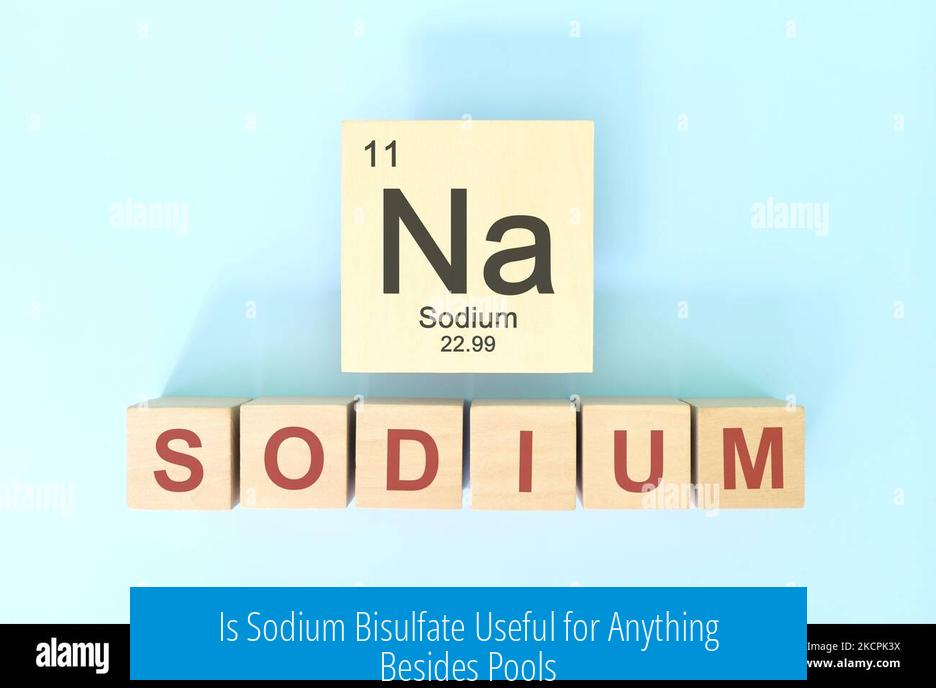
Sodium bisulfate serves many purposes beyond pool maintenance. It finds varied applications in chemistry, industry, agriculture, food, and environmental management. Its acidic properties and solid form make it useful where controlled acidification or pH adjustment is needed.
Acidic Workup Salt in Organic Chemistry
In organic synthesis, sodium bisulfate is valued as an acidic workup salt. It helps neutralize or acidify reaction mixtures without lowering the pH excessively. Chemists use it to acidify samples for analysis, avoiding problems that occur if pH drops too low. This controlled acidification prevents interference from stronger acids such as acetic acid (AcOH) or trifluoroacetic acid (TFA) during analysis.
Production of Concentrated Nitric Acid
The compound participates in inorganic synthesis as well. When combined with nitrate salts, sodium bisulfate aids in the preparation of concentrated nitric acid. This application leverages its acidic and sulfate-releasing properties in chemical manufacturing processes.
Metal Treatment and Pickling
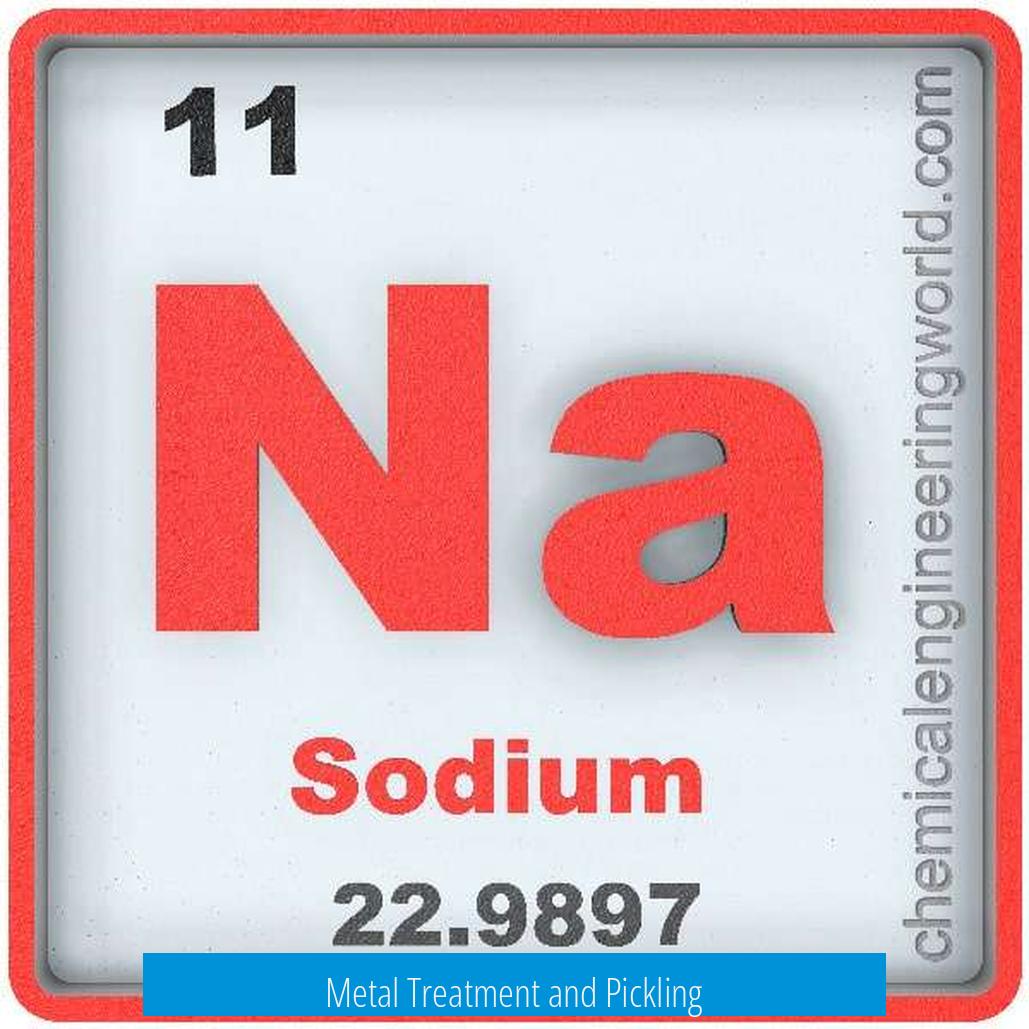
Metalworkers use sodium bisulfate as a safer alternative to dilute sulfuric acid in metal pickling. It is sold under tradenames such as ‘Sparex No 2’ in relatively impure form for treating metals after casting or soldering. The solid granules dissolve to form mild acidic solutions that clean oxides and residues without the hazards of handling strong sulfuric acid.
Wastewater Treatment
In wastewater treatment plants, sodium bisulfate serves a vital role in water quality management. Chlorine disinfects wastewater, but residual chlorine must be removed before discharge or reuse. Sodium bisulfate effectively neutralizes chlorine, ensuring treated water does not harm aquatic environments or infrastructure.
pH Adjustment and Cleaning
- Sodium bisulfate lowers pH in diverse applications.
- Used in metal finishing processes for surface preparation.
- Included in cleaning products, enhancing acid-based cleaning action.
- Regulates pH in swimming pools and hot tubs, promoting effective chlorination.
Animal Feed Additive and Urine Acidifier
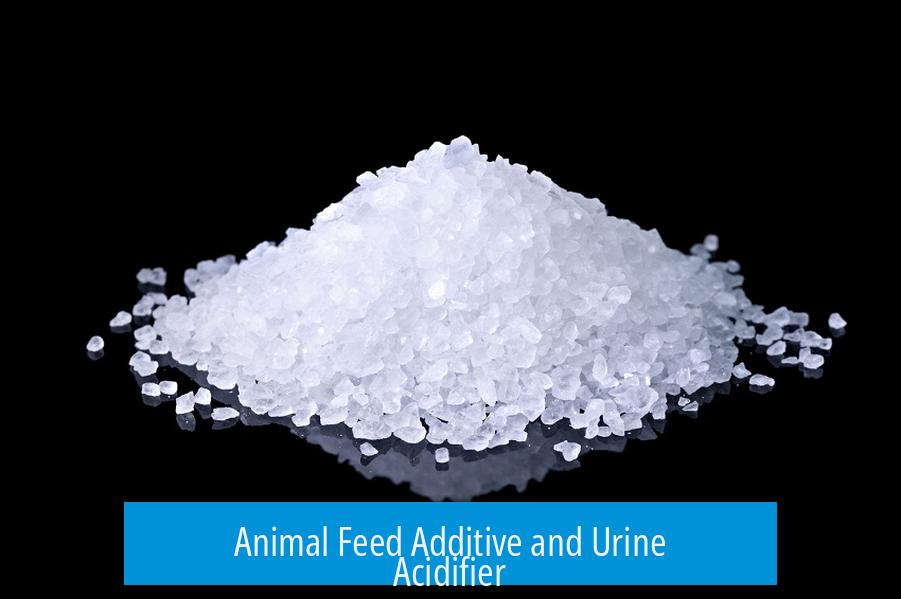
Approved by the Association of American Feed Control Officials (AAFCO), sodium bisulfate appears in animal feeds. It acidifies urine, reducing risks of urinary stones in cats and other companion animals. Poultry feed may also contain it to improve animal health and environmental conditions in housing.
Control of Marine Echinoderms
Sodium bisulfate targets certain marine echinoderms, notably the crown-of-thorns starfish. It is toxic to these species but relatively harmless to other marine life forms. This selectivity allows its use in controlling outbreaks that threaten coral reefs, contributing to marine ecosystem management.
Historical Use in Toilet Bowl Cleaners
Previously, sodium bisulfate was the main active ingredient in popular toilet bowl cleaners like Vanish and Sani-Flush. Although these products are now discontinued, the compound’s acidity delivered effective lime and rust stain removal.
Textile Industry – Burnout Velvet Production
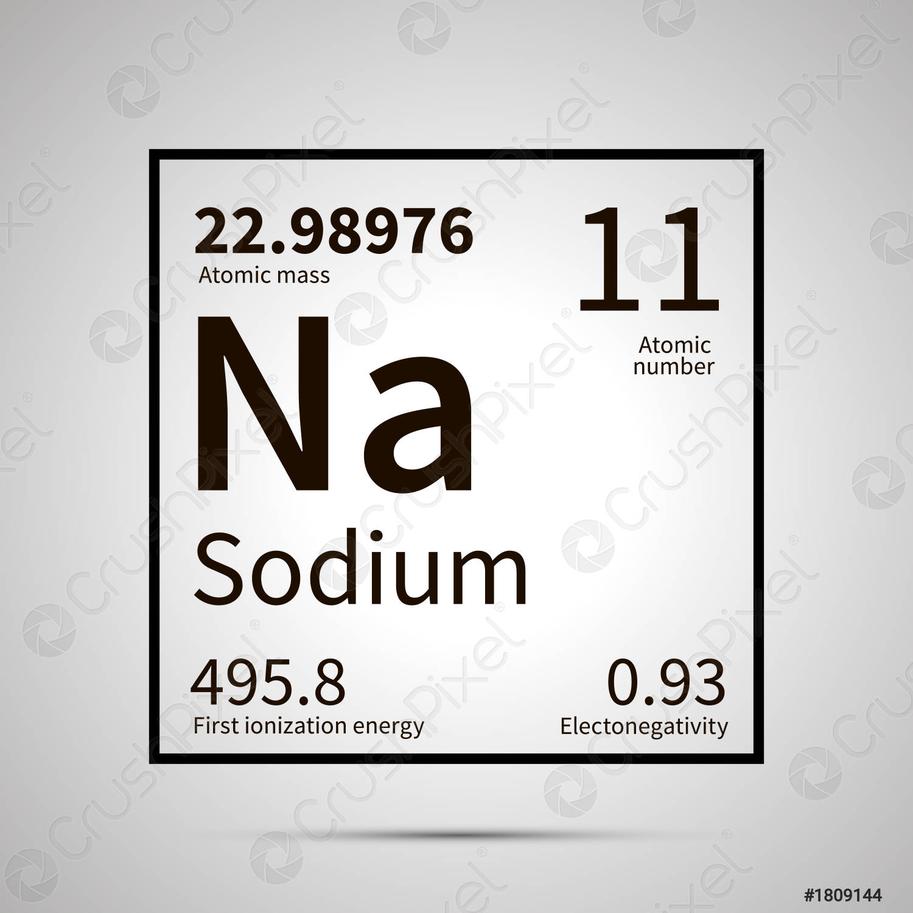
In textiles, sodium bisulfate creates ‘burnout velvet’. It reacts with fabrics made from a mix of silk and cellulose-based fibers like rayon or cotton. Heating the compound-treated fabric makes cellulose brittle, causing it to flake away in patterns. This produces decorative effects valued in fashion and upholstery.
Poultry Litter Treatment and Pathogen Reduction
As an active ingredient in granular poultry litter treatments, sodium bisulfate reduces ammonia build-up. Ammonia control improves air quality and animal welfare in poultry houses. Furthermore, studies show it significantly decreases Campylobacter and Salmonella levels, reducing foodborne illness risks.
Flocculant Tablets in Soil and Water Testing
Sodium bisulfate is used in flocculant tablets for soil and water quality analysis. Its acidic action helps aggregate and settle suspended particles, clarifying samples for easier lab testing. This supports environmental monitoring and agricultural assessment.
Food Industry Applications
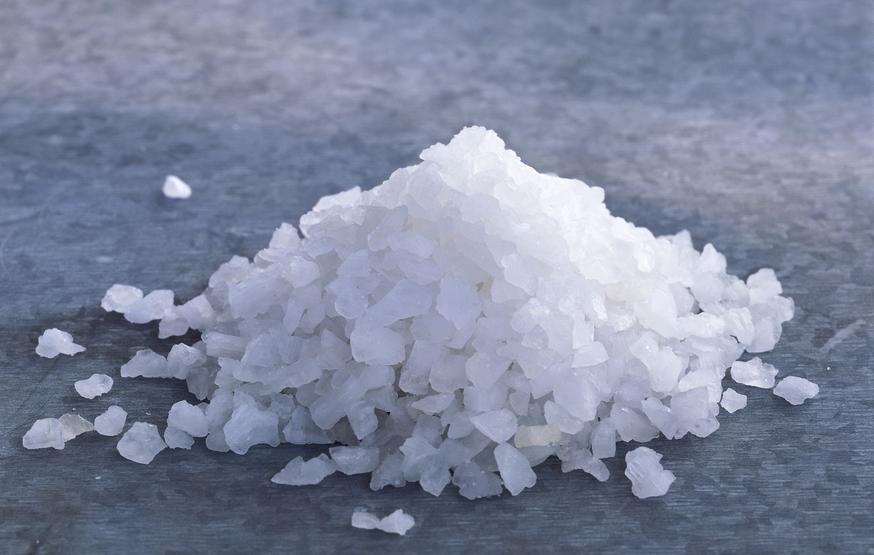
The compound is approved as a food additive under codes such as E514ii. It functions as a leavening acid in cake mixes and aids meat and poultry processing. Increasingly, sodium bisulfate is used to prevent browning in fresh-cut produce. Its acidifying and anti-browning abilities make it a practical alternative to citric or phosphoric acid.
The Food and Drug Administration (FDA) recognizes sodium bisulfate as generally safe (GRAS). It also appears on the EPA Safer Choice list. Various countries approve its use in food, confirming its broad acceptance and regulatory compliance.
Summary of Key Uses Outside Pools
- Organic chemistry acid workup and sample acidification.
- Manufacture of concentrated nitric acid.
- Metal pickling and surface treatment.
- Chlorine neutralization in wastewater treatment.
- pH adjustment in cleaning, metal finishing, and water management.
- Animal feed additive for urine acidification and health improvements.
- Marine pest control, focusing on crown-of-thorns starfish.
- Historical toilet cleaner active ingredient.
- Textile burnout velvet production creating patterned fabrics.
- Poultry litter treatment to control ammonia and pathogens.
- Flocculant tablets for environmental sample testing.
- Food industry uses including leavening, browning prevention, and meat processing.
Is Sodium Bisulfate Useful for Anything Besides Pools?
Absolutely! Sodium bisulfate is more than just the secret weapon for sparkling swimming pools. This versatile chemical steps into many roles—industrial, agricultural, environmental, and even culinary. If you think it only belongs in the backyard pool scene, prepare to have your mind pleasantly boggled by its diverse uses.
So, what else can this humble compound pull off? Let’s dive in.
From Chemistry Labs to Food Kitchens: The Many Hats of Sodium Bisulfate
Sodium bisulfate is famous for lowering pH levels safely and effectively. This acidifying prowess makes it valuable in a range of fields beyond pool care.
In the realm of organic chemistry, it shines as an acidic workup salt. Imagine an organic chemist finishing a tricky reaction and needing to gently lower the pH—this is the go-to tool. It handles sensitive samples where other acids might disrupt delicate organic components, such as acetic acid or trifluoroacetic acid. Using sodium bisulfate keeps the pH just right without sneaking in unwanted extra carbon sources. The result? Cleaner, more precise chemical analyses that chemists love.
Making Nitric Acid and Metal Magic
In industrial circles, sodium bisulfate teams up with nitrate salts to produce concentrated nitric acid. This specialty use might seem niche but plays a critical role in chemical manufacturing.
Now, if you thought acid always meant sulfuric acid for metal pickling, think again. Goldsmiths frequently use sodium bisulfate solutions—marketed as “Sparex No 2″—to clean and treat metals after casting or soldering. This alternative is less hazardous and far less messy than a pot of hot sulfuric acid on the workbench, proving safer and cleaner craftwork.
Environmental Guardian in Wastewater Treatment
Water treatment professionals have a soft spot for sodium bisulfate. At wastewater plants, chlorine disinfects contaminated water effectively but leaves residues that must be neutralized. That’s where sodium bisulfate leaps in, neutralizing excess chlorine once the water is clean enough for discharge or reuse. If you work in wastewater, you know this chemical is an unsung hero of clean water.
Animal Health and Agriculture: More Than Just Feed
Sodium bisulfate doesn’t just live in labs and water plants—it’s a star in animal care too. Approved by the AAFCO, it’s widely used as a feed additive for poultry and companion animals. Why? It acidifies urine, which reduces the likelihood of urinary stones in cats and helps manage ammonia levels in poultry litter.
This ammonia control has a twofold benefit: it improves air quality in chicken houses and reduces pathogens like Campylobacter and Salmonella, making poultry production safer and more efficient. That’s a win for farmers and food safety.
Some More Surprising Acts to Consider
- Marine Pest Controller: Sodium bisulfate is toxic to crown-of-thorns starfish, notorious marine pests. It’s selectively used to control their outbreaks, protecting coral reefs without harming most other marine life.
- Textile Industry Artist: Want “burnout velvet”? This fabric features patterns created by applying sodium bisulfate to velvet containing cellulose-based fibers. The acid makes those fibers brittle, creating delicate burnt-out patterns after heating.
- Flocculant in Testing Kits: Soil and water quality test kits often include sodium bisulfate tablets. They help clump particles for gravity separation, making contamination checks easier and more reliable.
- Historical Housekeeper: The toilet bowl cleaners Vanish and Sani-Flush, now discontinued, had sodium bisulfate as their main active ingredient. Who knew your bathroom cleaner was once powered by this multitasker?
Adding Flavor and Life to the Food Industry
One of the more breathtaking applications is in food processing! Sodium bisulfate earns FDA’s “Generally Recognized As Safe” (GRAS) stamp, ensuring its role beyond industrial use.
It acts as a leavening agent in cake mixes, helping baked goods rise perfectly. Plus, it shows up in meat and poultry processing, reducing browning in fresh-cut produce to preserve appearance and freshness.
With an extensive list of synonyms like “bisulfate of soda” and “sodium acid sulfate,” it is accepted worldwide—denoted as E514ii in the EU and additive 514 in places like Canada and Australia. Sodium bisulfate substitutes for citric and phosphoric acids, especially when a mild acidulant is preferred, adding to its culinary credibility.
In Conclusion: Why Limit Sodium Bisulfate to Pool Time?
Sodium bisulfate is a chemical chameleon, effortlessly adapting to diverse fields. From the lab bench, metal workshops, wastewater plants, poultry farms, pharmaceutical and food industries, to textile factories and environmental conservation efforts, it solves problems quietly and efficiently.
So, next time you see a tub labeled “pool pH reducer,” remember it could also be part of a cake mix, a safer acid bath for goldsmiths, or a key player in saving coral reefs from starfish invasions.
Isn’t it fascinating how one simple compound can quietly weave through so many parts of our daily lives? Sodium bisulfate proves that even chemicals familiar in one context can surprise you in others.
Have you encountered sodium bisulfate in an unexpected way? Share your stories or questions below!
Q1: Can sodium bisulfate be used in organic chemistry outside of pools?
Yes. It acts as an acidic workup salt in organic reactions. It helps acidify samples gently without dropping the pH too low, useful for analysis involving organic acids like AcOH or TFA.
Q2: How is sodium bisulfate used in metal treatment?
It is used as a metal pickle solution, especially in goldsmithing. It cleans metals after casting or soldering as a safer alternative to dilute sulfuric acid, which can be messier and more hazardous.
Q3: What role does sodium bisulfate play in wastewater treatment?
It neutralizes chlorine after disinfection in wastewater plants. Workers rely on it to remove chlorine safely once the water is clean and ready for release or reuse.
Q4: Does sodium bisulfate have applications in the food industry?
Yes. It is FDA-approved and used as a leavening agent in cakes, in meat processing, and to prevent browning in fresh-cut produce. It’s also found in beverages, dressings, and sauces.
Q5: Is sodium bisulfate used in animal care?
It is added to animal feed, including poultry and pets. It functions as a urine acidifier in cats, helping reduce the formation of urinary stones.
Q6: Are there unique industrial uses of sodium bisulfate?
Yes. In textiles, it creates burnout velvet by degrading cellulose fibers. It also treats poultry litter to control ammonia and reduces harmful bacteria like Salmonella in chicken housing.


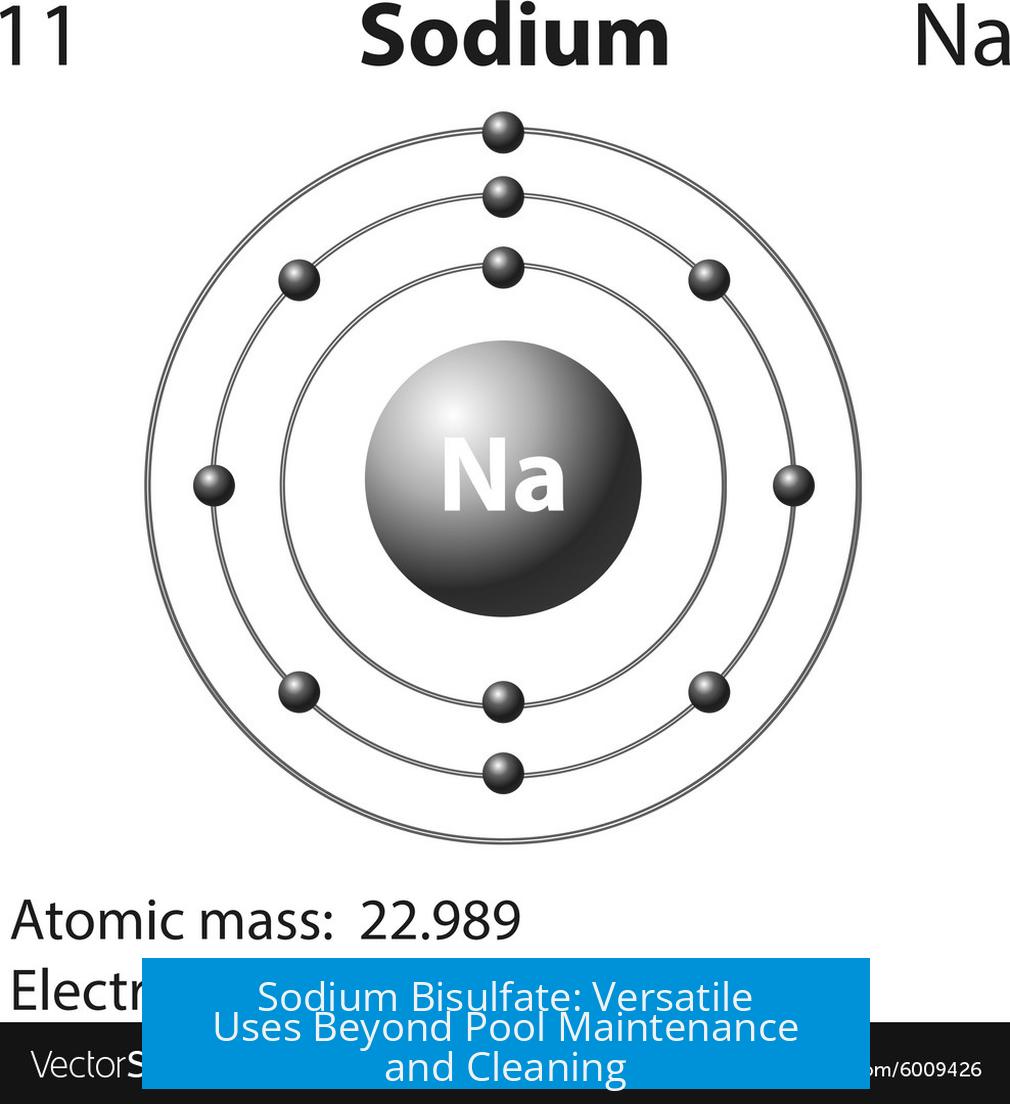
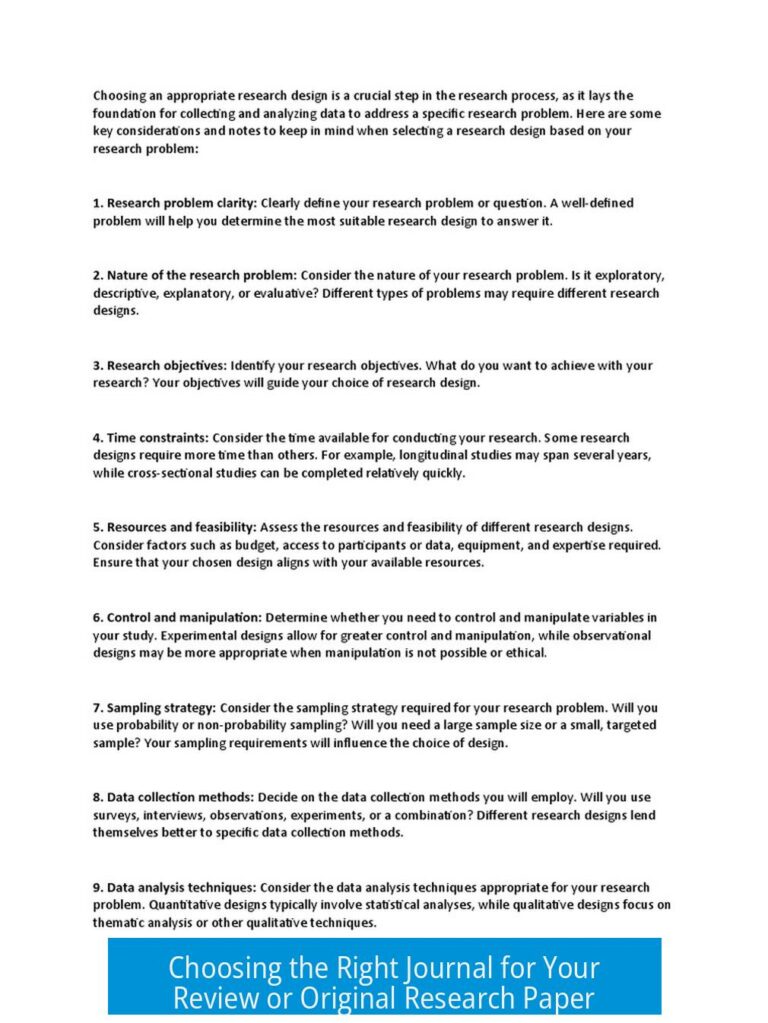

Leave a Comment